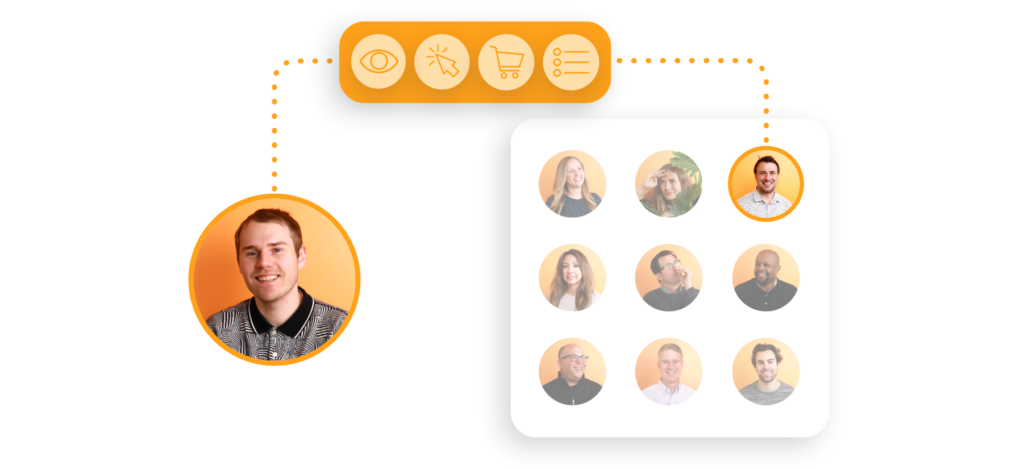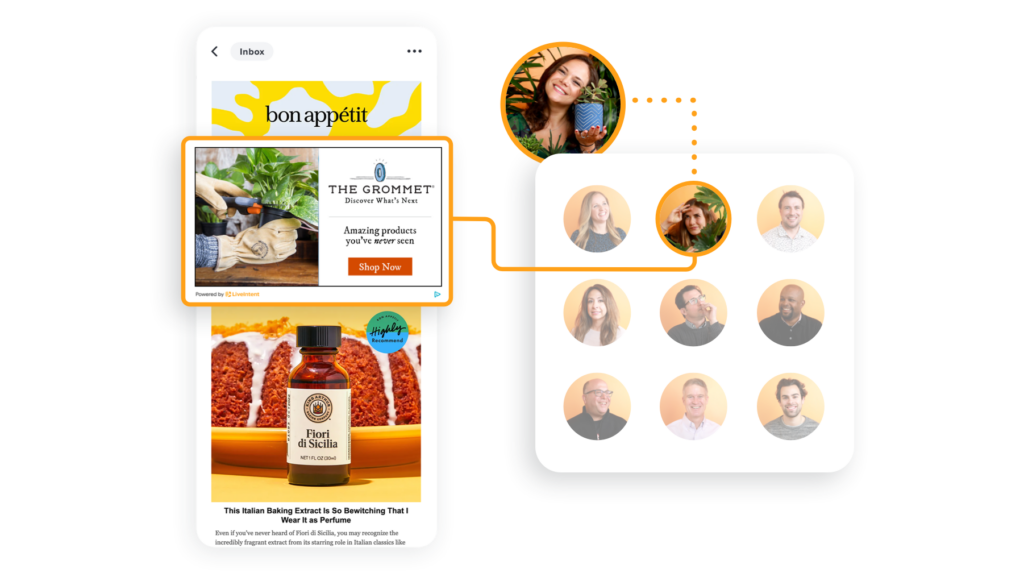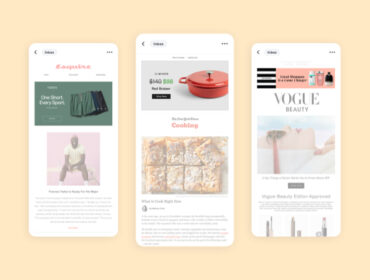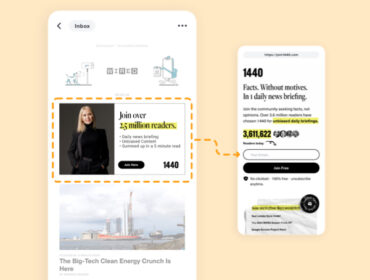What is lookalike modeling?
Most digital marketers are familiar with the term lookalike modeling, and most know it’s an effective way of targeting new audiences. When it comes time to break the concept down, however, things can get a little tricky.

How does lookalike modeling work?
So how does lookalike modeling actually work, and why is it so valuable? These are the questions many marketers continue to struggle with — and with good reason. As a data-based marketing strategy, lookalike modeling can be confusing.
One way to wrap your head around it and the technology behind this approach is to think of it in the context of the 1988 buddy comedy Twins. In the movie, Arnold Schwarzenegger and Danny DeVito play Julius and Vincent Benedict, fraternal twins born of a genetic experiment designed to produce the perfect child. By isolating the characteristics of the ideal child within the genetic code, scientists were able to produce Julius Benedict. But the experiment didn’t go as planned, and a second child — with less ideal characteristics — was born.
In lookalike modeling, the focus is on Arnold Schwarzenegger. His character represents your ideal customer, and the audience you aim to duplicate. To create an audience that’s representative of this perfect customer, you simply need to tap into your data: first-party cookies, email lists, purchase history, mailing addresses, and so on. This is the information you’ll upload in order to create your seed audience, and that will allow you to hone in on your most valuable customers.
As you’re creating this audience, though, it’s important to define your goals. In Twins, the goal was to build the most intelligent, athletic, and empathetic human possible. For you, it’s all about your marketing objectives. What are you trying to accomplish? If, for example, your goal is to sell more shoes, you’ll likely be looking for customers who are loyal to your brand, make regular purchases, and have a higher average order value than the majority of shoppers. This customer persona becomes the model for the rest of the consumers you’re looking for so that your model audiences ultimately behave just like your best customers.
Why should marketers use lookalike modeling?
One of the reasons lookalike modeling works so well is that it opens the door to a whole new group of potential buyers. As valuable as your seed audience may be, it’s bound to be small — too small to deliver the scale you need in the programmatic landscape.

But lookalike modeling can take the essence of that audience and find other people in the online ecosystem who have similar attributes to your perfect customer… the Julius Benedict you already know so much about. In other words, when you use a seed audience to connect you with other consumers, you’re likely to find a lot more customers who are interested in your brand. All of that gives you the scalability you need to grow your business.
Using LiveIntent’s Lookalike Audiences
Below we share insights for using LiveIntent’s Lookalike Audiences and driving the greatest value for your campaigns.
The size of your seed audience can vary, but it’s a good idea to start with a seed audience of around 100,000 people to create the best possible opportunity to match up attributes and expand your reach. Let’s say you need to reach women aged 35 to 54 or people interested in fashion and beauty newsletters. LiveIntent would then apply our 350 attributes to score your seed audience and use that score to analyze the hashed emails in our exchange to determine which emails belong to consumers with similar attributes (all anonymously for the sake of consumer privacy, of course).
It’s also crucial to identify the consumers who are most valuable to your business. When it comes to your seed audience, size isn’t always everything — in general, it’s better to use a small, high-quality audience than a larger audience of a lower caliber of potential customers — but when you have access to a high-quality audience, think bigger. The 200 million people within our newsletter category create a huge opportunity for making that perfect match, and essentially finding a whole city full of Julius Benedicts.
The story of Twins isn’t too likely to occur in real life, but in the world of ad tech, finding your ideal customers is as easy as leveraging email hashing. And the better your grasp on lookalike modeling, the more value you can get out of it for your brand.


